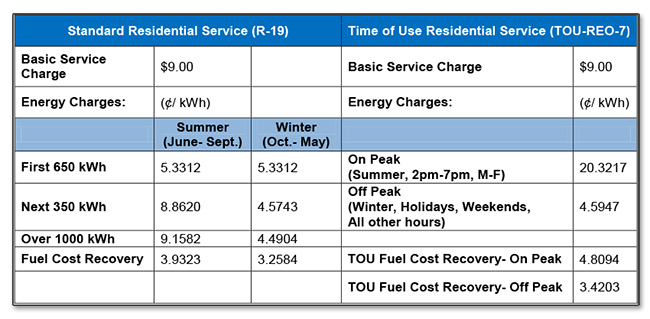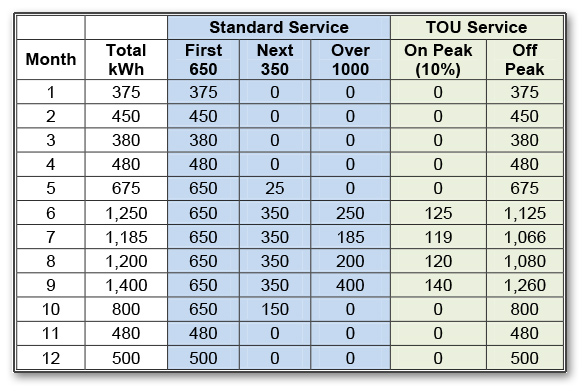As a young student attending Georgia Tech, I began my career working for the Georgia Public Service Commission as a co-op student. During my time there I learned about the regulated electric industry and the deregulated natural gas industry. However, until I bought my first home and began to evaluate, not just pay, my own bills, did I realize the true cost of energy to the residential consumer and the ability we have to lower our utility bills.
There are two ways to lower your utility bills, lower the rate and lower the usage. I make sure to turn off the lights, replace the incandescent light bulbs with CFLs or LEDs, limit AC and heat use, unplug my appliances when they are not in use, and wash my clothes in cold water. I figured in a two bedroom condo living with my husband, I was doing what I could to minimize my usage without really spending a lot of money or making a great effort. However, I did want to determine if there was a way to lower the rate, as this was one of the two ways I could lower my bill.
In Georgia, the main Investor- Owned electric utility is Georgia Power, a subsidiary of Southern Company, who is regulated by the Georgia Public Service Commission. In general, there are a limited number of rates that a residential customer can choose from if being served by Georgia Power. Most residential consumers are on a Standard Service rate. Customers on this rate have a monthly service charge plus a rate per kWh that changes based on usage and season. There are two other options available to residential customers, the FlatBill and the Budget Bill, that aim to keep the amount paid to Georgia Power consistent every month of the year, minimizing seasonal fluctuations. Both of these rates come at somewhat of a premium and were not what I was looking for. The other rate available to most customers is the Nights and Weekends rate, which is a time of use rate (TOU). Time of use rates charge customers a higher rate for energy used during certain hours of the day and a lower rate during all other hours.
Georgia Power Residential Rates (http://www.georgiapower.com/pricing/residential/home.cshtml)
The TOU rate seemed like a great option to me, but as an engineer, I was going to crunch the numbers just to make sure. The biggest concern I had in moving my account from the standard rate to the TOU rate was the number of kilowatt hours used during the On- Peak period . Usage during the On- Peak period came at a very high premium and had the potential to make my bill higher than before. My husband and I both work full time outside of the home and are gone most weekdays from about 8:30am till about 6:30pm. Based on our limited time at home during these on- peak hours, our on- peak usage would be minimal and therefore our bills could be lower.
The TOU rate does not allow you to move back to the standard service rate until being served under the TOU structure for 12 consecutive months, so I wanted to be sure that moving to a TOU rate would be cost effective. First, I logged onto my online account and pulled my usage (kWh) for the previous 12 month, keeping in mind that the bill I received in December, likely reports the usage in November. I then recalculated the charges on the standard bill and the TOU bill, estimating that only 10% of our total usage is consumed during the on- peak period during the four applicable summer months.
Based on these calculations, I would save approximately $25 annually by moving to the TOU rate.
I went ahead and requested online the change in rate structure right away. While $25 may not be life changing, since I spent the time doing the analysis, I was not going to keep paying an extra $25 if I didn’t have to. The utility had to replace the meter in order to change my rate, which I did not have to be present for. As soon as the meter was installed they left a tag on my door stating that the meter had been installed and “effective immediately”, I was under the new rate.
Each utility has its own set of rates for residential consumers, some being more beneficial than other for the consumer. Most utilities have the rates listed on their website and in many cases, have online calculators to assist in evaluating the most cost effective rate for the customer. While you may not have the option to choose your provider, it is possible to pay less for power.


